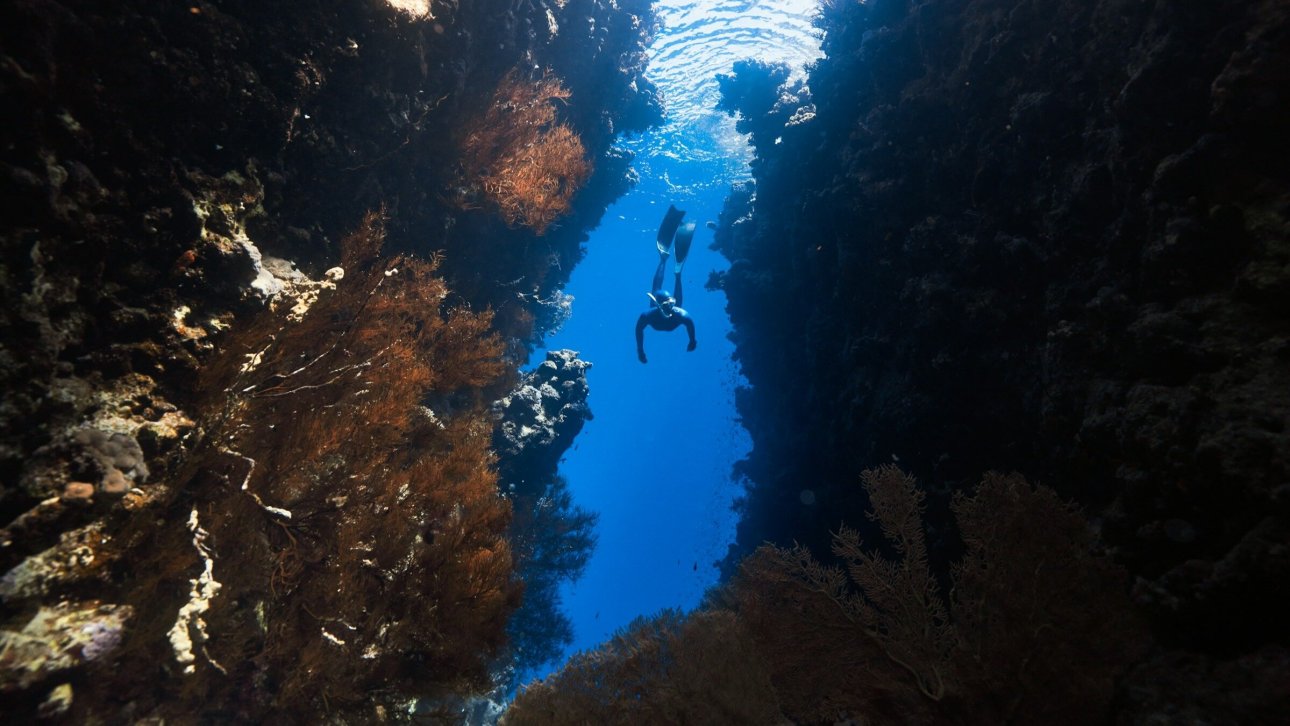If you think regular travel is boring and lounging on the beach doesn’t do it for you, welcome to the world of extreme tourism. Before you pack your backpack and book tickets, remember: these destinations come with very real risks to life and health. No amount of preparation can guarantee everything will go smoothly.
I’ll tell you about some wild adventures — but remember, I’m only your guide, not someone urging you to take the plunge.
Iceland, Vatnajökull: Glacier Hiking
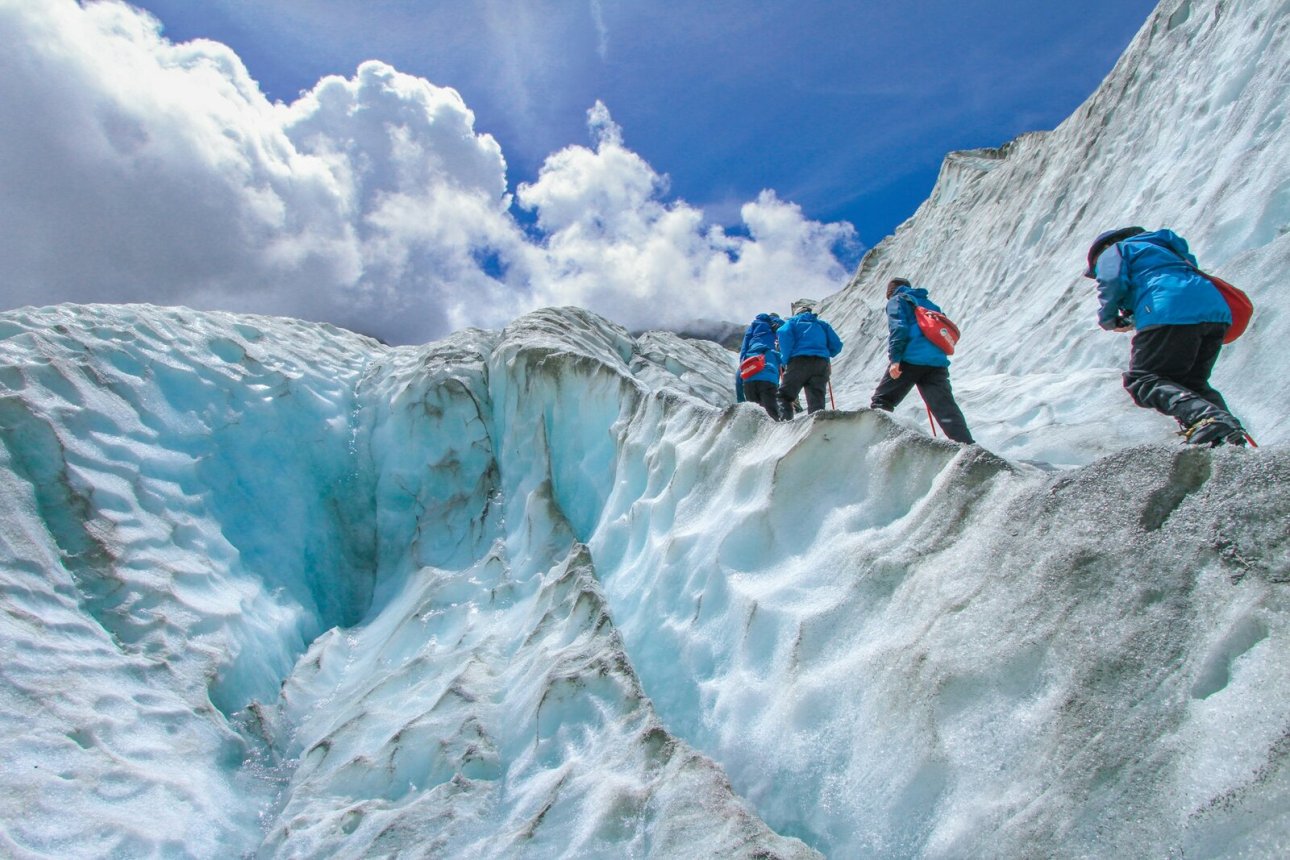
You can explore Iceland’s Vatnajökull, the largest glacier in Europe, nestled within the national park that shares its name.
The route takes you through ice caves, narrow crevasses, and snowy plateaus. At the summit, travelers are rewarded with a panoramic view of endless ice fields stretching to the horizon.
The hike lasts about four to five hours, covering eight kilometers. You’ll be given crampons and an ice axe. This adventure is for those who are physically fit and ready to take on the challenges of the wild.
Bolivia: Biking Down the “Death Road”
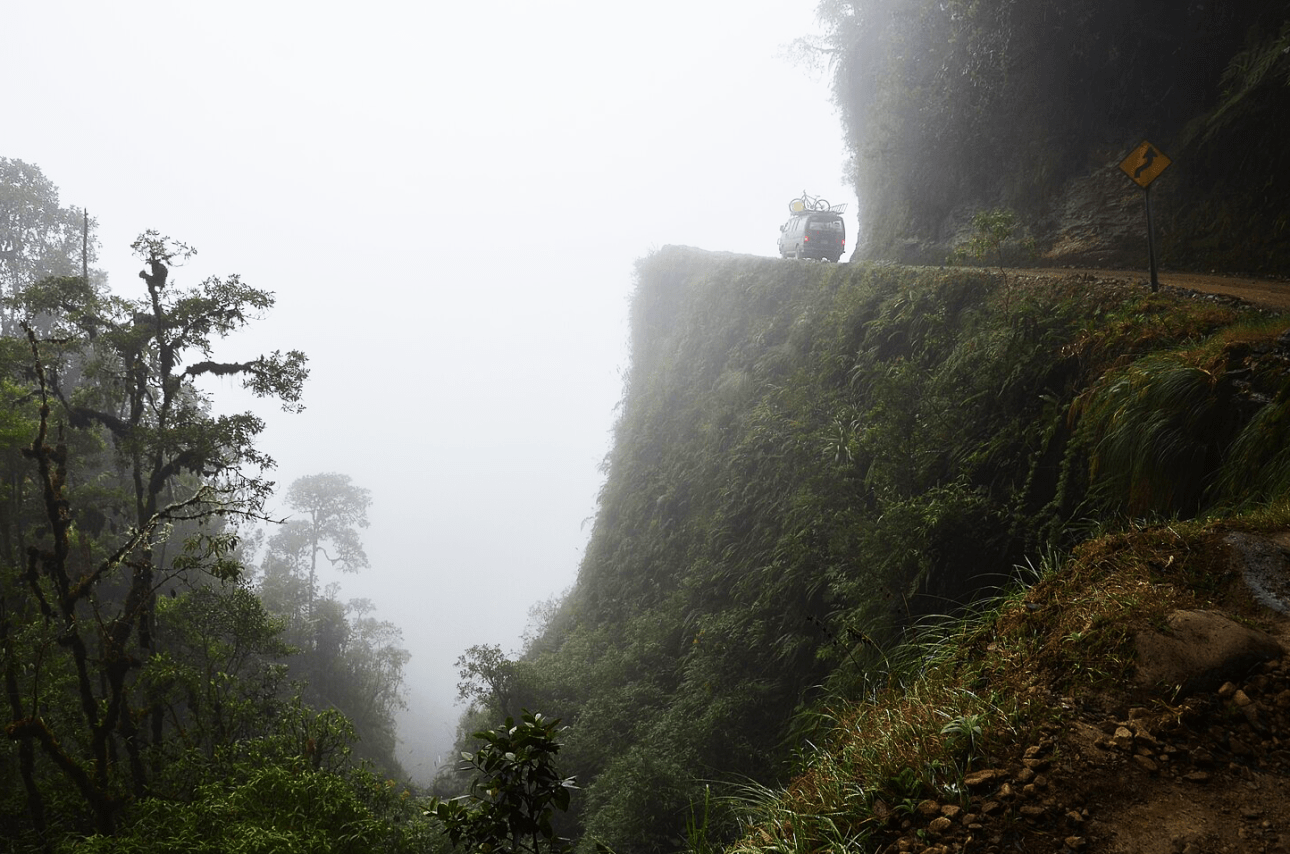
Bolivia’s Death Road (officially the North Yungas Road) is a 64-kilometer stretch with sharp turns and 600-meter cliffs, connecting La Paz to the Amazon rainforest. Back when it served as the main transport route, it claimed 200–300 lives every year.
The main risks: steep drops, no guardrails, fog, rain, loose gravel, landslides, and falling rocks.
Despite — or perhaps because of — the danger, thousands of cyclists take on the challenge each year. Around 25,000 people ride it annually on mountain bikes. The first 22 kilometers are paved and fairly easy, but after that, the road narrows into a steep, gravel-covered descent.
The ride takes about six hours, with changing weather: morning cold, foggy rain, and scorching sun. Along the way, waterfalls cascade straight onto the road.
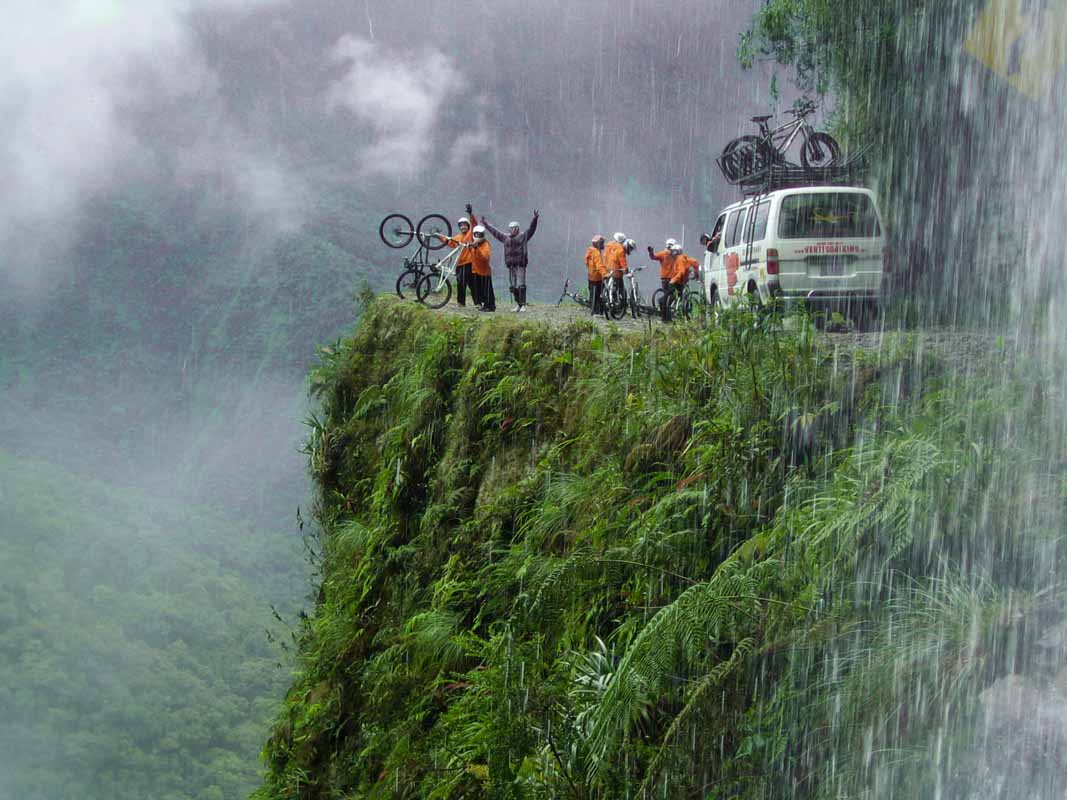
Tour companies, like Gravity Assisted Mountain Biking, offer guided trips with bikes, safety gear, and transport for about $50.
The Bahamas: Shark Diving Without a Cage
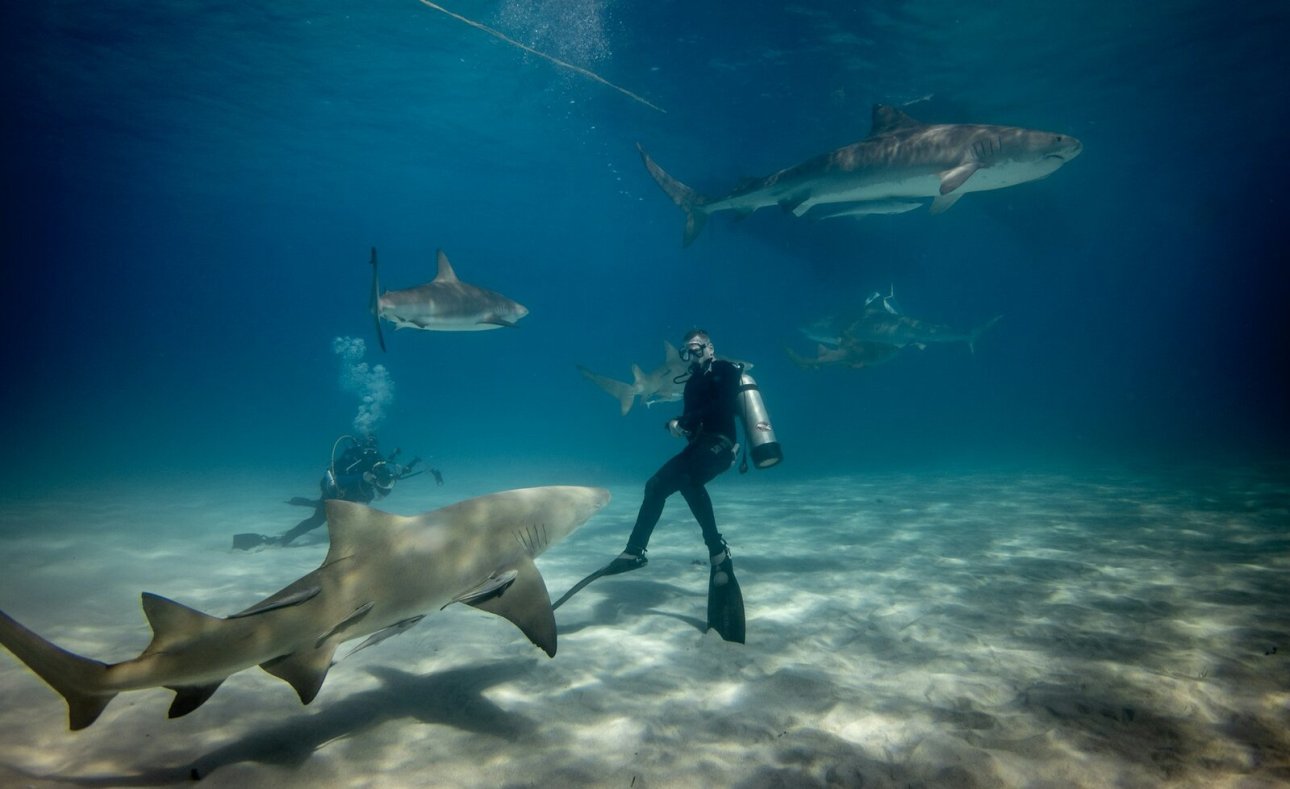
Click Here to Read the Full Original Article at Unusual Places…
